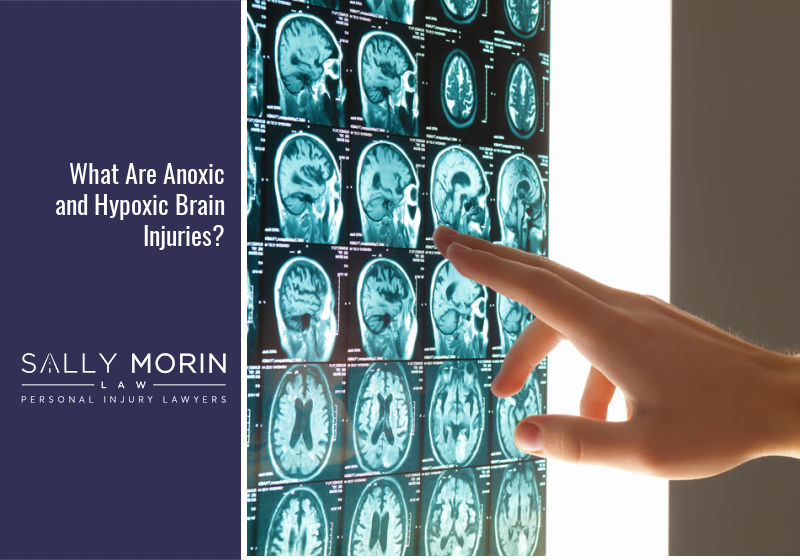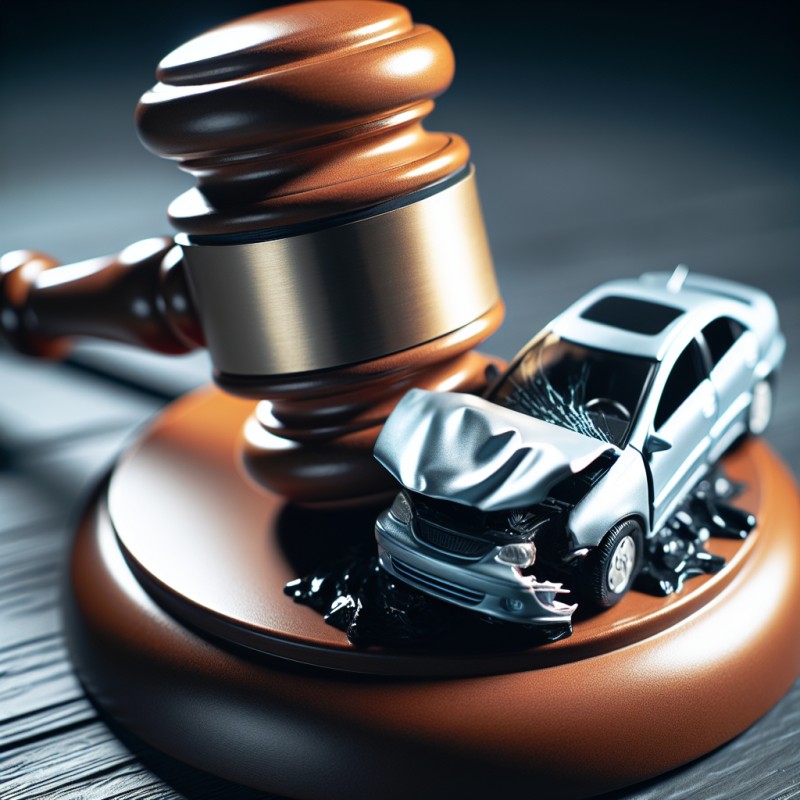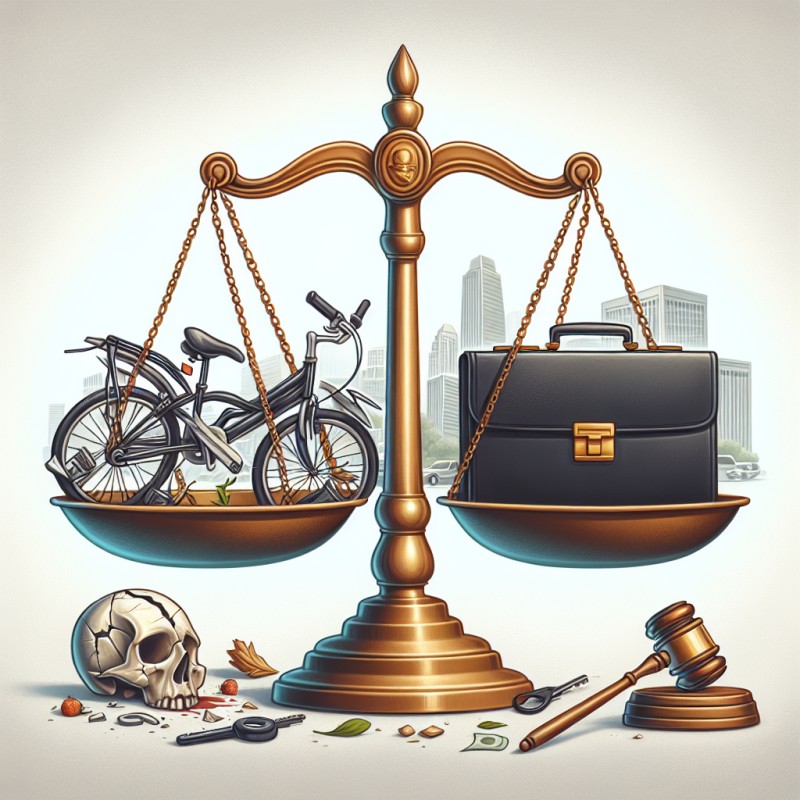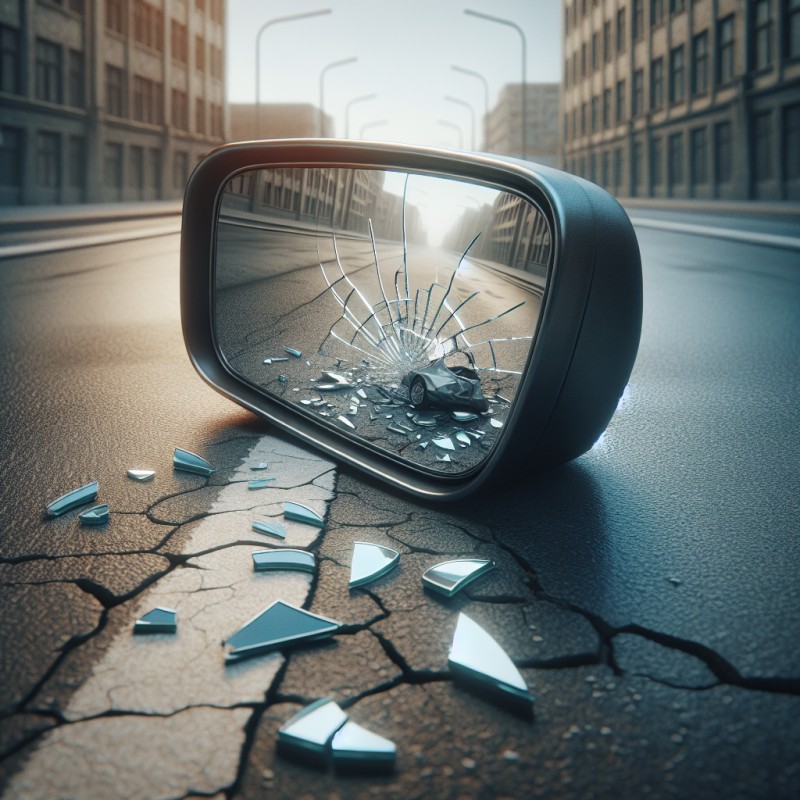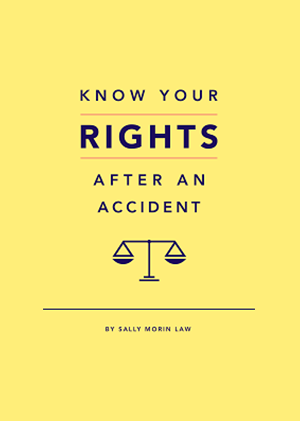Traumatic brain injuries (TBIs) are a common occurrence after car accidents. They can occur when the head is violently whipped back and forth from the force of the impact, or they can happen due to a physical blow to the head, such as hitting your head against the steering wheel.
However, there are two lesser-known types of brain injuries—anoxic and hypoxic brain injuries—that are technically not considered TBIs, according to medical professionals. However, they can still be quite severe and lead to complications. And they can also occur in a car accident.
Thus, if someone suffers from an anoxic or hypoxic brain injury after an accident, it is crucial that they work with an experienced traumatic brain injury attorney. Because of the severity of these types of brain injuries, you deserve full and fair compensation to help you pay for your medical expenses, emotional distress, pain and suffering, and more.
At Sally Morin, our team has years of experience handling San Francisco car accident cases, including those involving brain injuries. If you or a loved one suffer from an anoxic or hypoxic brain injury after an accident, don’t hesitate to reach out to us for assistance.
What is an Anoxic Brain Injury?
Anoxic brain injuries occur when the brain is completely cut off from oxygen. Our brains need oxygen to survive, so when the flow of oxygen to the brain is blocked entirely, it can result in the death of brain cells after just four minutes. The longer the brain goes without oxygen, the more damage there is to the cells, which can result in permanent brain damage, coma, or even death.
What is a Hypoxic Brain Injury?
When there is a reduced flow of oxygen to the brain, but oxygen is not completely cut off, you can suffer from a hypoxic brain injury. Unlike an anoxic brain injury, brain cells take longer to die off with hypoxic injuries because oxygen is simply restricted, but it does still flow in small amounts. In this case, brain cell death is gradual and might not lead to permanent damage if the injury is treated in time.
What Causes Anoxic Brain Injury and Hypoxic Brain Injury?
As hypoxic and anoxic brain injuries happen when the brain lacks oxygen, these types of injuries most often occur in situations that impact the flow of oxygen to the brain. This can include:
- Drowning
- Choking
- Strangulation
- Suffocation
- A serious asthma attack
- Anaphylactic shock from a severe allergic reaction
- Carbon monoxide poisoning
- Heart attack or cardiac arrest
- Electrocution
- Breathing in smoke
- Seizure
- Stroke
- Drug overdose
Anoxic and hypoxic brain injuries can also occur due to a car accident if the victim’s oxygen gets restricted from being trapped or crushed. It can also happen as a result of low blood pressure due to blood loss from another injury sustained in a car accident, like lacerations and puncture wounds.
Common Symptoms of Anoxic and Hypoxic Brain Injury
One-fifth of the body’s oxygen supply is used by the brain. Thus, oxygen is essential for brain function. If oxygen gets restricted or is cut off from the brain, it can result in a number of physical and neurological symptoms.
Initially, people often lose consciousness when the oxygen supply is cut off from the brain, but this may only occur temporarily. Once the person regains consciousness, other signs and symptoms that an anoxic or hypoxic brain injury has occurred include:
- Headaches
- Vision problems
- Slurred speech
- Confusion
- Trouble with coordination and balance
- Difficulty communicating and forming sentences
- Trouble with focus, concentration, and reasoning
- Mood swings
- Seizures
- Loss of bowel or bladder control
- Sexual dysfunction
- Personality changes
- Facial drooping
- Bluish tint to the skin or lips
Recovering from Anoxic or Hypoxic Brain Injury
Every situation for anoxia and hypoxia is different. The rate at which cell death and brain damage occurs can depend on how much oxygen was restricted, for how long, and the age and overall health of the person affected.
Generally, the longer oxygen is cut off; the more severe the damage will be. Doctors may use various diagnostic tests to determine the extent of the injury and damage, such as CT scans, MRIs, Angiographies, and EEGs.
Treatment can include immediate intervention to restore oxygen to the brain, medications to control blood pressure, and ventilation. In some cases, patients may even be put into medically induced hypothermia, as this method of rapid cooling helps protect the brain and reduce brain damage.
Recovery periods for hypoxia and anoxia can vary. In severe cases, patients can fall into a coma or a vegetative state. And even if a coma does not happen, there could be significant cell death and brain damage that can leave the patient permanently disabled or impaired. In the worst cases, anoxic and hypoxic brain injuries can lead to death.
Compensation for Anoxic and Hypoxic Brain Injuries After a Car Accident
As anoxia and hypoxia can be devastating, victims deserve to be fully and fairly compensated for their suffering. If these injuries are caused by someone else’s negligence, such as a negligent driver, you have a right to file a personal injury claim or even a lawsuit against them to recover compensation.
Damages you can be compensated for can include:
- Current and future medical expenses relating to the injury
- Lost wages
- Loss of future earning capacity
- Emotional distress
- Physical pain and suffering
- Permanent impairment
- Loss of consortium
We Handle Your Accident Claim So You Can Focus On Your Life
If you or a loved one suffer from an anoxic or hypoxic brain injury after an accident, the team at Sally Morin can assist you. We understand how devastating these injuries can be and how much they can alter your life—as such, we are dedicated to ensuring your rights are protected and winning a high-value settlement to compensate you for your damages.
We truly care about the people of California. Call us at 877-380-8852 or contact us online today for a free case evaluation.
